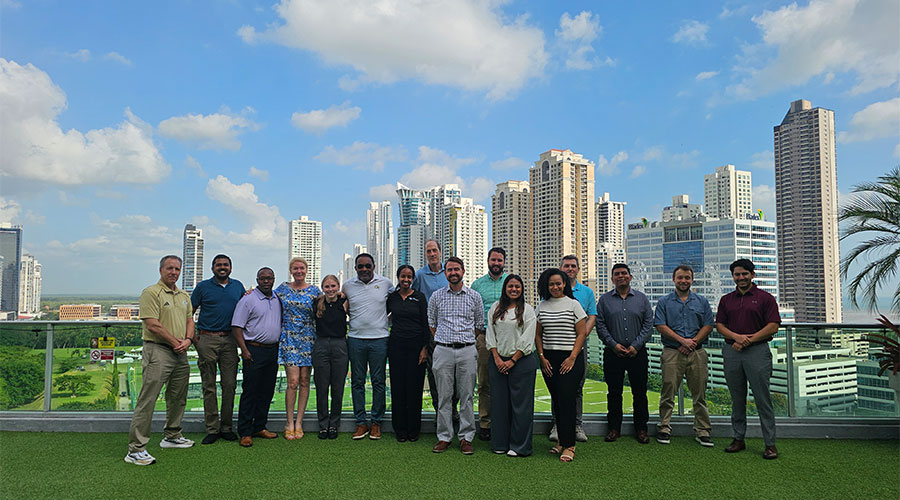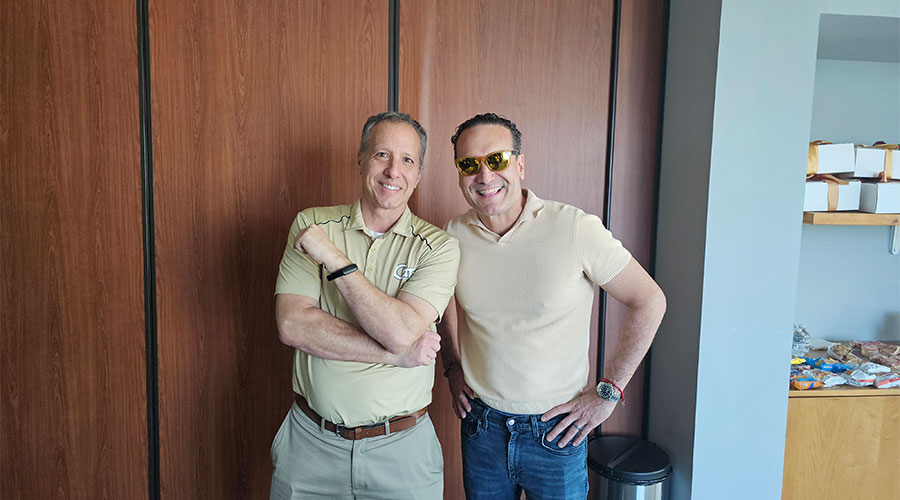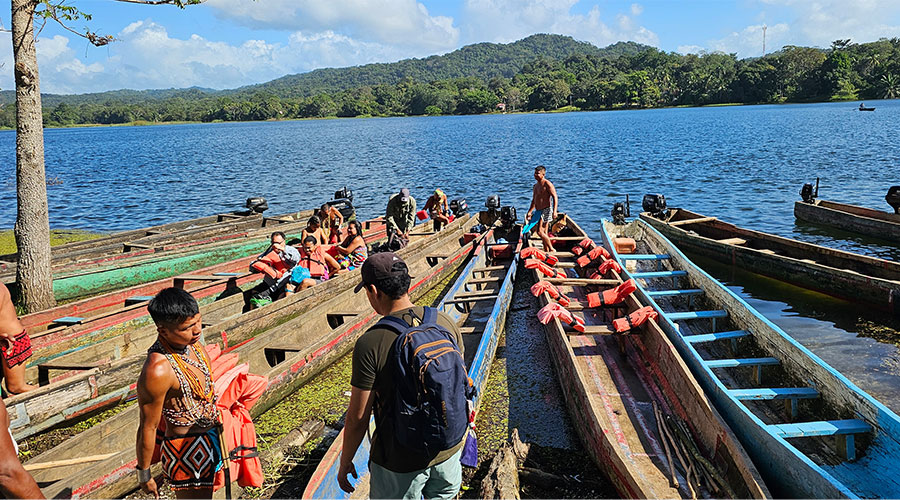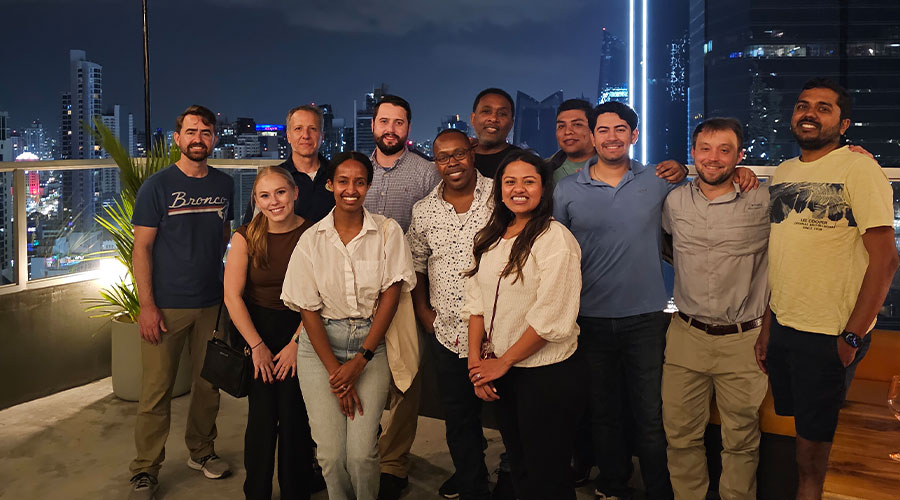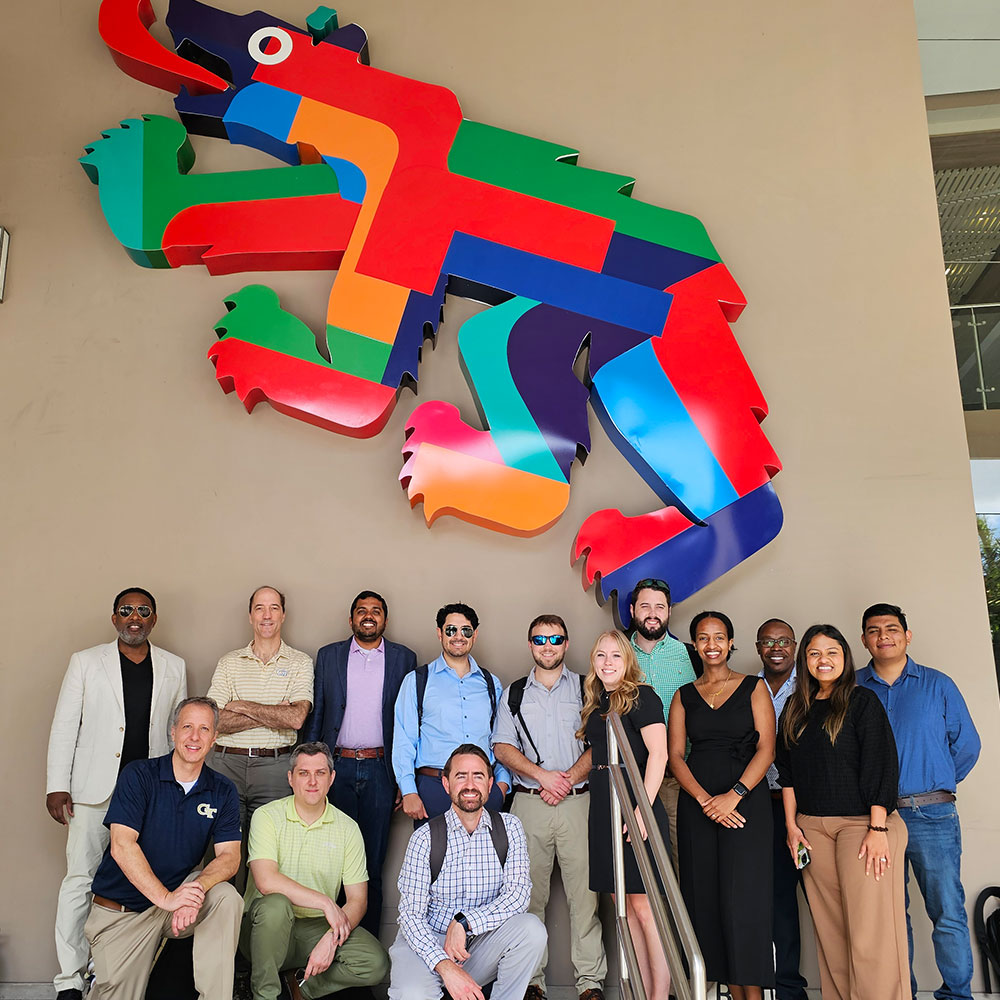 When James East first enrolled in Georgia Tech Scheller’s Lean Six Sigma (LSS) Green Belt program, he planned to deepen his understanding of operational efficiency as an aerospace engineer working in manufacturing. What he didn’t expect was that the path to earning his LSS Green Belt certification would take him to Panama, an experience that challenged him professionally, broadened his cultural perspective, and left him with a lasting impression of the captivating country.
When James East first enrolled in Georgia Tech Scheller’s Lean Six Sigma (LSS) Green Belt program, he planned to deepen his understanding of operational efficiency as an aerospace engineer working in manufacturing. What he didn’t expect was that the path to earning his LSS Green Belt certification would take him to Panama, an experience that challenged him professionally, broadened his cultural perspective, and left him with a lasting impression of the captivating country.
“I’ve traveled to Central America multiple times,” he said. “I’ve visited the Dominican Republic, Guatemala, and Costa Rica. When we arrived in Panama, we landed in the heart of global trade and it blew us away,” he recalled.
East’s LSS Green Belt journey began a year ago. He signed up for the program after talking to other people who praised Scheller’s curriculum for its detail about the ideology of LSS. In the four-day course, he learned all about the Define, Measure, Analyze, Improve, and Control (DMAIC) principles, a data-driven improvement cycle used for optimizing and stabilizing business processes.
When he learned about the option to complete his final process improvement project for certification in Panama, he didn’t hesitate to say yes. East packed his bags, boarded the four-hour flight to Panama with his peers, and spent a week applying the DMAIC methodology to a real business problem.
“When deciding where to take our students for this immersive learning experience, we chose Panama because it’s close and they have the Panama Canal, a supply chain landmark,” said Bob Myers, faculty director for Lean Six Sigma programs.
They arrived in Panama and hit the ground running on their project. East and his peers were tasked to help real estate company Empresas Bern boost its direct sales to increase profitability. Its current model was 84% transaction through brokers and only 14% of sales were direct, he said. The company wanted to shift the balance and save on commissions. To put their LSS training into action, the students began collecting data and conducting research analysis.
But they soon realized it was more than a numbers game.
“One thing I appreciate the most about this entire project is that when we arrived in Panama, we had the rug pulled out from under us because we had to understand the business and the culture,” he said. “We had to dig deep and understand how they live.”
East and his peers sifted through 10 years of the company's data, from web traffic to social media performance, using the fishbone diagram to help them identify the root cause of disproportionate sales. One of the critical issues they uncovered was broken contact links on the company’s website that hindered direct engagement.
Delivering this feedback required them to be tactful. “We spent days figuring out how to present this information without offending the client,” East said. “We went to Professor Myers for guidance, but he let us sit on it for the week. When it was time for the presentation, he said, ‘Just be direct about what the issue is.’”
That extra push from Myers gave the students the confidence they needed to present the information constructively and honestly.
“Students often pick what I call ‘safe projects,’” Myers said. “Projects where students already know the solution and they work backward. Here, the students could not do that. Empresas Bern was a new company to them and the time was too short for them to become an expert, so they had to lean in and trust the methodology.”
And trust the methodology they did. The final presentation checked the right box, and the students were informed that Empresas Bern had begun implementing their recommendations.

